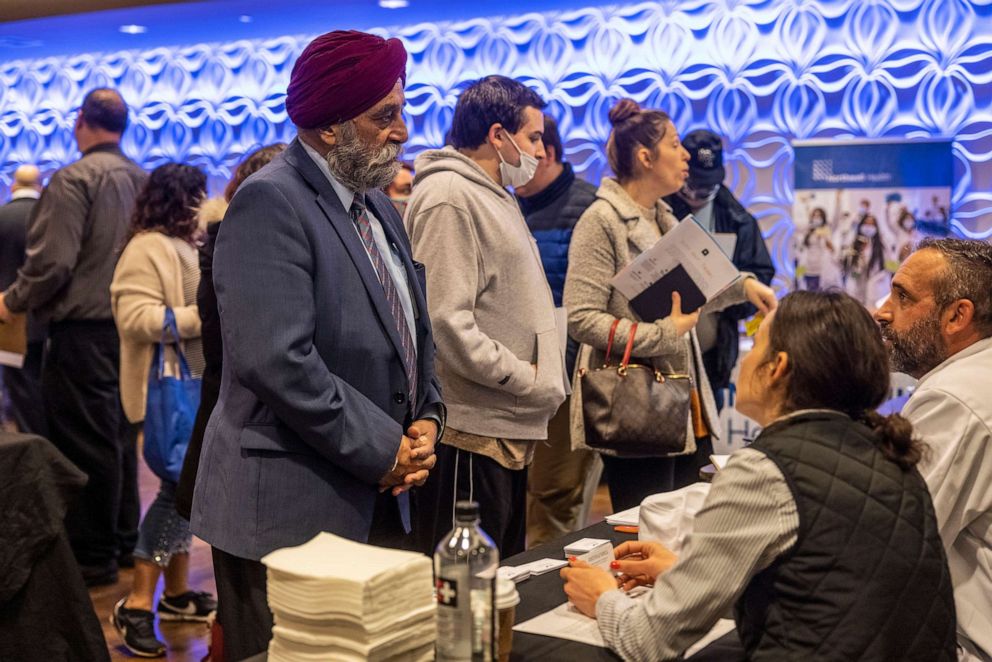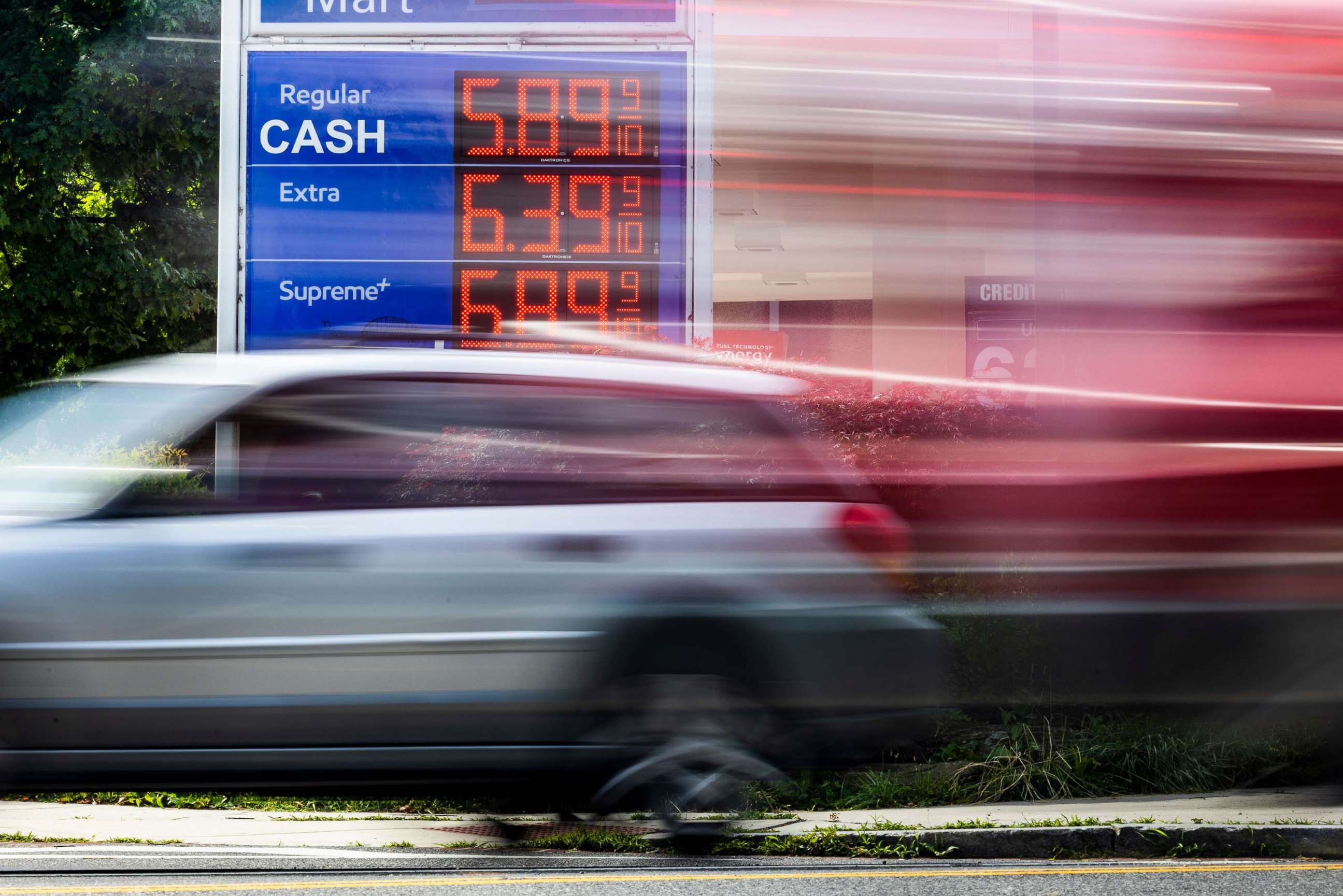What stagflation means and why it matters
“Stagflation is basically the worst of all worlds,” an expert told ABC News.
For months, sky-high prices have pummeled the budgets of everyday Americans.
But many have offset the damage, at least in part, with wage increases driven by high demand for workers and resilient consumer spending. In short, strong pockets of the economy have blunted the worst effects of severe inflation.
But the economy will likely cool off in the coming months as the Federal Reserve raises borrowing costs through a series of interest rate hikes — an effort to tame inflation by slowing down the economy and eating away at demand. If the policy works, it will dial back inflation while preserving a stable level of economic growth and low unemployment, experts told ABC News.
But an unsuccessful series of rate hikes could fail to reduce prices while dramatically slowing the economy, experts said. Such an outcome would bring about stagflation — a mix of the words stagnation and inflation — which describes an economy with low growth and high prices. In other words, the high prices remain, but the lifeline of elevated income disappears.
"Stagflation is basically the worst of all worlds," Veronika Dolar, a professor of economics at Long Island-based State University of New York Old Westbury, told ABC News. "It's the place you definitely don't want to be."
What is stagflation?
Usually, in good economic times, low unemployment forces employers to raise wages so they can retain or attract workers, which heightens consumer demand and steepens price increases. Conversely, a slow economy typically results in stagnant wages, reduced demand, and slashed prices, the latter of which helps to relieve the financial strain for those who lose their jobs or receive diminished pay, Dolar said.
On rare occasions, however, high inflation persists even as the economy slows and unemployment rises, resulting in stagflation, she said.

No single economic authority formally decides whether stagflation has occurred, unlike a period of recession, which the National Bureau of Economic Research determines, Campbell Harvey, a professor of finance at Duke University's Fuqua School of Business, told ABC News.
The last major bout of stagflation took place in the 1970s, when an oil shortage sent gas and other related prices soaring as it simultaneously dragged down economic output. But the crisis of the 1970s offers few lessons for the current moment, since the U.S. economy is far less reliant on gas expenditures and foreign oil, Harvey said.
Instead, present-day inflation is owed to generous central bank and Congressional policies in response to the pandemic, which flooded the economy with money, spiked demand and exacerbated a supply chain bottleneck, Harvey said. Moreover, the price crunch has intensified amid the Russian invasion of Ukraine, he added.
Some economists, like Dolar, believe we're already in a period of stagflation. She noted that the U.S. gross domestic product shrank at an annual rate of 1.4% over the first three months of this year, even as inflation remained historically high. But Harvey disagrees, saying stagflation hasn't arrived but poses a real threat.
Why stagflation matters
Stagflation hurts people in two different ways, Harvey told ABC News.
"One, the stuff you're buying is more expensive," he said. "And two, you have less income."
Echoing the sentiment, Dolar said: "You're already on your knees, struggling, and you get kicked in your gut."

The lack of purchasing power ripples through the economy, denting business revenue and draining savings, Harvey said.
Stagflation offers no easy solutions, since generous fiscal policy or low borrowing costs may juice the economy but also risk raising inflation, while increased borrowing costs could bring down inflation but risk slowing growth even further, Dolar said.
The treacherous economic moment calls for financial prudence, Harvey said.
"Now is not the time to max out your credit card to go for a vacation," he said. "Now is not the time for a small business to go to the bank and bet the business to do an expansion."
"Now is the time for risk management," he added.




